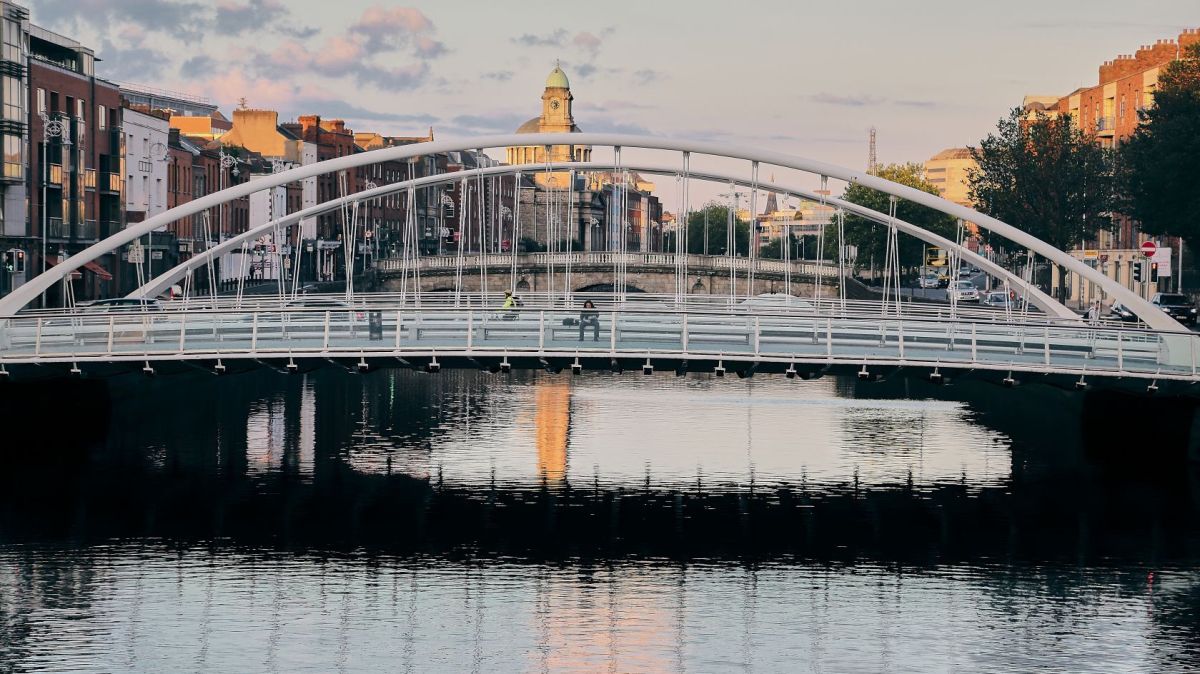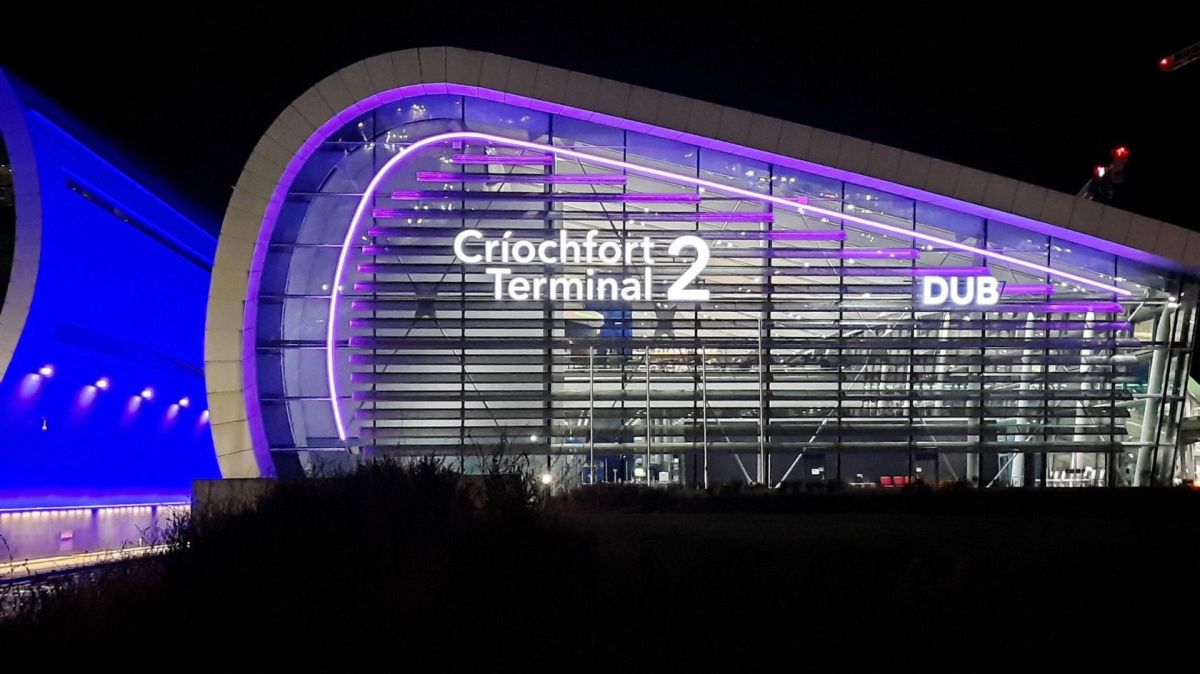Local photographer Nigel Motyer reported one of the wrecks after it was revealed by a shifting sandbank on Portmarnock Strand, north of Dublin.
The National Monuments Service (NMS) inspected the wreck and identified it as the possible remains of a 19th-century fishing trawler. While this wreck had been previously documented, the NMS team uncovered three additional, previously unknown wrecks, which are currently being analysed to determine their origins. These too are believed to be from the 19th century.
Karl Brady, a senior archaeologist with the NMS who led the inspection, explained that persistent winds caused the beach sands to shift, temporarily exposing the wrecks. The vessels are being examined to determine their size, construction style, and the materials used, such as timber or metal.
Brady noted that the newly found wrecks are in poor condition, having been battered by tides and storms over the years. “Though only the lower sections of the hulls and bow areas remain, we’ve identified timber frames, planking, metal knees, and even a metal winch or windlass system at the bow of one vessel,” he said.
Specialist archaeologists from @NationalMons are working to identify three shipwrecks discovered on Portmarnock Strand over the summer. A shifting sandbank revealed the wrecks along with another which has not been visible for seven years. @DarraghOBrienTD pic.twitter.com/pF8blyVpni
— Department of Housing, Local Government & Heritage (@DeptHousingIRL) September 9, 2024
The Wreck Inventory for the Portmarnock/Baldoyle area includes records of about 50 wrecks, ranging from 14th-century trading vessels to 20th-century coal boats. These records have been gathered through extensive historical and archival research by the NMS.
Brady pointed out that many ships in the area were lost due to bad weather, with some en route to Dublin seeking refuge in Howth Harbour during storms, only to be driven ashore on Portmarnock Strand in a desperate attempt to save lives. Other ships from Britain, bound for destinations around the world, also fell victim to severe storms and were wrecked on the strand, often at night. The area has an unusually high number of wrecks for this reason.
Minister Darragh O’Brien, who visited the site with NMS underwater archaeologists, described the discoveries as “a very exciting development.” He added, “Each of these shipwrecks has a story to tell, and over time, we hope to uncover more about them and their role in shaping our history.”
He also highlighted the ongoing efforts of the NMS in protecting Ireland’s underwater heritage, as demonstrated by the 18,000 shipwrecks recorded in the Wreck Inventory of Ireland Database.















